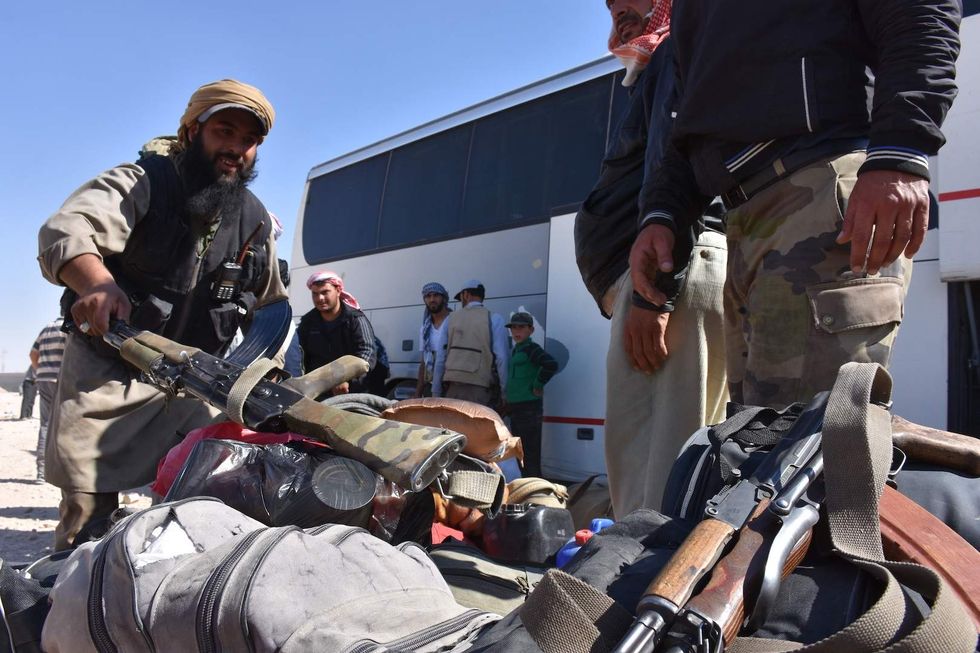
A U.S. program to arm Syrian rebels against ISIS costs $2.2 billion in purchased or contracted weapons. (George Ourfalian/AFP/Getty Images)

The Pentagon program equipping Syrian rebel groups to fight against ISIS is costing more than $2 billion dollars, often lacks specific documentation of where weapons are going, and has resulted in the use of old, lower quality arms from suppliers with ties to organized crime in Eastern Europe, according to a report released Tuesday.
In 2014, the Pentagon started a program to train and equip moderate rebels in Syria. That program failed in less than a year, so the Department of Defense decided to start providing cheaper, Soviet-era weapons to rebel groups already on the ground.
$2.2 billion. The report states that the Obama administration spent $700 million from 2015 through May 2017, and more than $900 million has been contracted through 2022. The Trump administration has budgeted or requested more than $600 million.
The Pentagon has not yet responded to requests for comment by Foreign Policy, but a Pentagon spokesman told the authors of the report that the end user documentation is accurate, and that even though it lists the U.S. as the end user, the provision of transfer by grant for "security assistance" covers the exporting of the weapons to foreign parties.